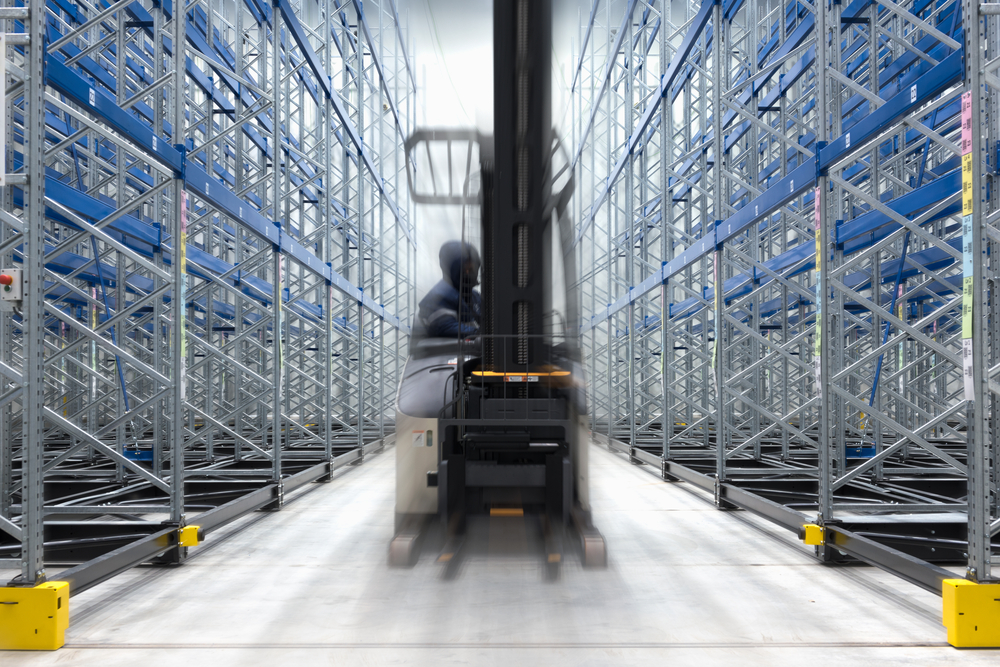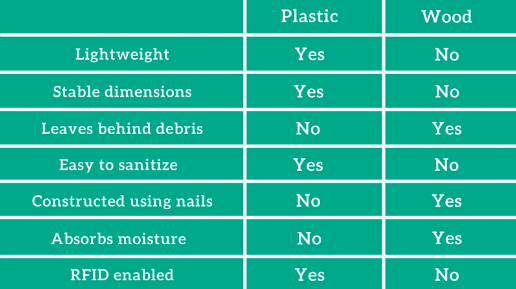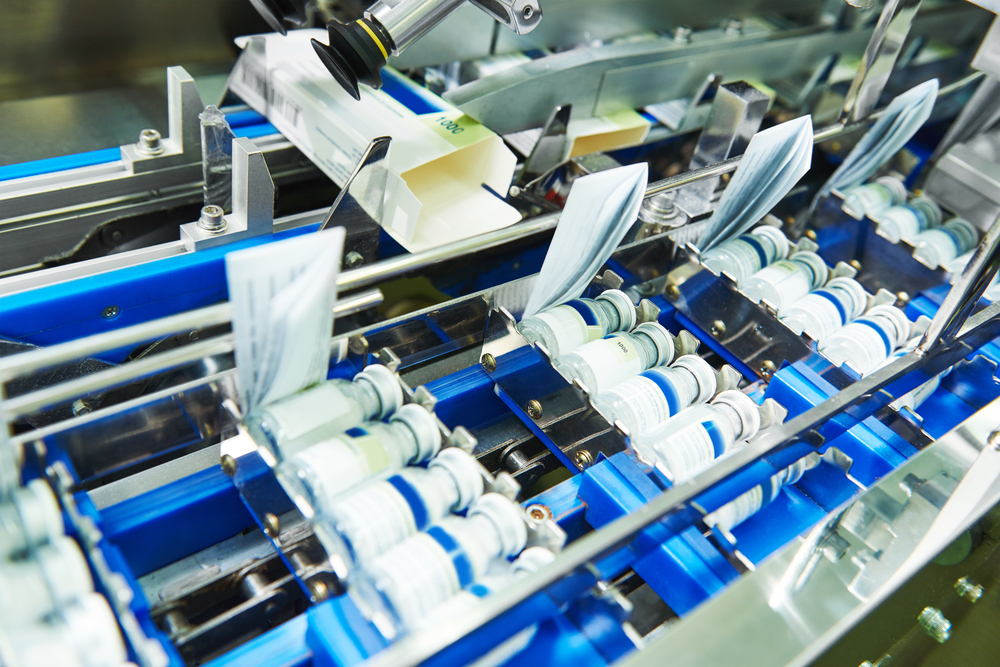One recent Sunday, I checked my apartment’s mailbox to find that the postman had left me a key to one of the lockboxes where the apartment stores packages as they arrive. At first, I was excited; I thought that the new graphics card I’d ordered for my PC had arrived. When I opened the lockbox and pulled out my package, I was not only disappointed, I was upset. Instead of my graphics card, I found a large white box with PERISHABLE clearly marked on all sides in red lettering. It was my monthly shipment of Granix®, an immune system booster that has to be shipped and stored cold.
Since it was a Sunday, the package had obviously arrived on Saturday and spent 24 hours warming up. Sure enough, when I opened it, the ice packs were lukewarm and the box was damp with condensation. Since each injection costs $200, the loss of a month’s worth of injections amounted to about $6,000. Cold chain management for pharmaceuticals is difficult enough when individual cold shipments like this one are being made, but when it comes to bulk shipments of pharmaceuticals, the challenges are even greater, and so are the monetary costs of failing to meet those challenges.
The Challenge of People in the Pharmaceutical Supply Chain
The biggest challenge in the pharma supply chain is people and their foibles. In my own experience with the pharmaceutical cold chain, a single moment of laziness–not checking my mailbox on Saturday–cost me an expensive batch of medicine and forced me to wait two weeks for another shipment. The entire pharmaceutical cold chain is vulnerable to this sort of inattention. A worker leaving a warehouse or trailer door open a little too long can cause a shipment of pharmaceuticals to become ineffective or even unsafe to use. In fact, cold chain expert Dr. Jean-Pierre Emond says that human error is the cause of 90% of all cold chain problems.
Challenges posed by humans have caused pharmaceutical companies to look to automation to minimize the human element in pharmaceutical transportation and storage.
Compounding the problems created by inattentiveness and employee error are cases of malicious intent. As I discovered with my shipment of Granix®, pharmaceuticals are extremely expensive. The prices many of them command make them tempting targets for thieves and counterfeiters. In 2010, thieves robbed a warehouse in Connecticut over a stormy weekend and made off with $80 million dollars in pharmaceuticals.
This is one in a growing number of incidents in which the pharmaceutical supply chain was targeted. These challenges posed by humans have caused pharmaceutical companies to look to automation to minimize the human element in pharmaceutical transportation and storage.

Automation Improves Cold Chain Management for Pharmaceuticals
To reduce the possibility of human error, theft, or adulteration, many pharmaceutical logistics operations are turning to Automated Storage and Retrieval Systems (ASRS). An ASRS is a mechanical replacement for heavy equipment which removes many of the human elements from the supply chain. Automated systems come in many forms, from cranes running along a track to conveyor belts that bring pallets from the loading docks to pallet racks. Whatever form they take, automated systems have the following advantages:
- Increased Throughput: As a mechanical system, an ASRS doesn’t take breaks, stop to think about things, get distracted, or slow down. The result is that these systems are able to move a much greater amount of product through the warehouse.
- Increased Accuracy: An ASRS isn’t prone to errors the same way that humans are. The computer will never confuse a tracking number or forget where it left a pallet. Through greater accuracy, automation prevents errors in tracking that can render pharmaceuticals unusable.
- Increased Inventory: An ASRS requires much less space to operate than traditional equipment like forklifts. This allows the aisles between racks to be narrower, and allows the warehouse to dedicate more of its volume to storing inventory. The automated cranes which retrieve inventory in an automated system can also safely lift pallets to and from higher heights than forklifts, increasing vertical space utilization in the warehouse.
- Reduced Costs: Possibly the greatest advantage of an ASRS is that it allows pharmaceutical companies to operate with far fewer personnel. The reduced labor cost lowers the overall costs of running a supply chain, and reduces a company’s Total Cost of Business (TCOB).
Despite these benefits, automated systems do have some disadvantages. The biggest drawback to an ASRS is that it is limited in how well it can adapt to circumstances. The ASRS cannot sort damaged pallets out of its workflow, nor can it recognize leaks or the residual stains from leaks. An ASRS could try to move a load on a damaged pallet or unwittingly move a leaking load through storage areas, spreading contamination throughout the warehouse. In other words, automated systems don’t function well when faced with variables. They require consistent, precise input to achieve a high level of throughput.
Optimizing Pharmaceutical Cold Chain Management
One of the best ways to achieve this consistent, accurate throughput in cold chain management for pharmaceuticals is to pair an ASRS with a consistent and reliable shipping platform. A reliable shipping platform keeps the variables in your ASRS at a minimum, helping it run smoothly and reducing downtime. A durable platform with a precise size is absolutely essential for preventing work stoppages and getting the maximum return on investment from your automated system. Plastic shipping pallets have multiple advantages that make them ideal for use in ASRS:

Since plastic pallets don’t absorb moisture, it’s possible to fully sanitize them before they enter sensitive pharmaceutical storage and transportation areas, removing a vector for contaminants. A non-absorbent surface is especially important in the cold chain, where cool environments cause atmospheric moisture to condense on pallet surfaces. When a wood pallet absorbs this moisture, it can encourage microbial growth on and in the material of the pallet. Plastic pallets resist moisture, and unlike wood pallets, they don’t leave behind dangerous broken boards, splinters, or nails. All of these advantages make plastic pallets a clean, sturdy, reliable choice for use in conjunction with automated systems in the pharmaceutical cold chain.
To improve your pharmaceutical cold chain management with the intelligent iGPS plastic pallet, give our team a call at 1-800-884-0225, email a specialist at switch@igps.net, or visit our contact page.



